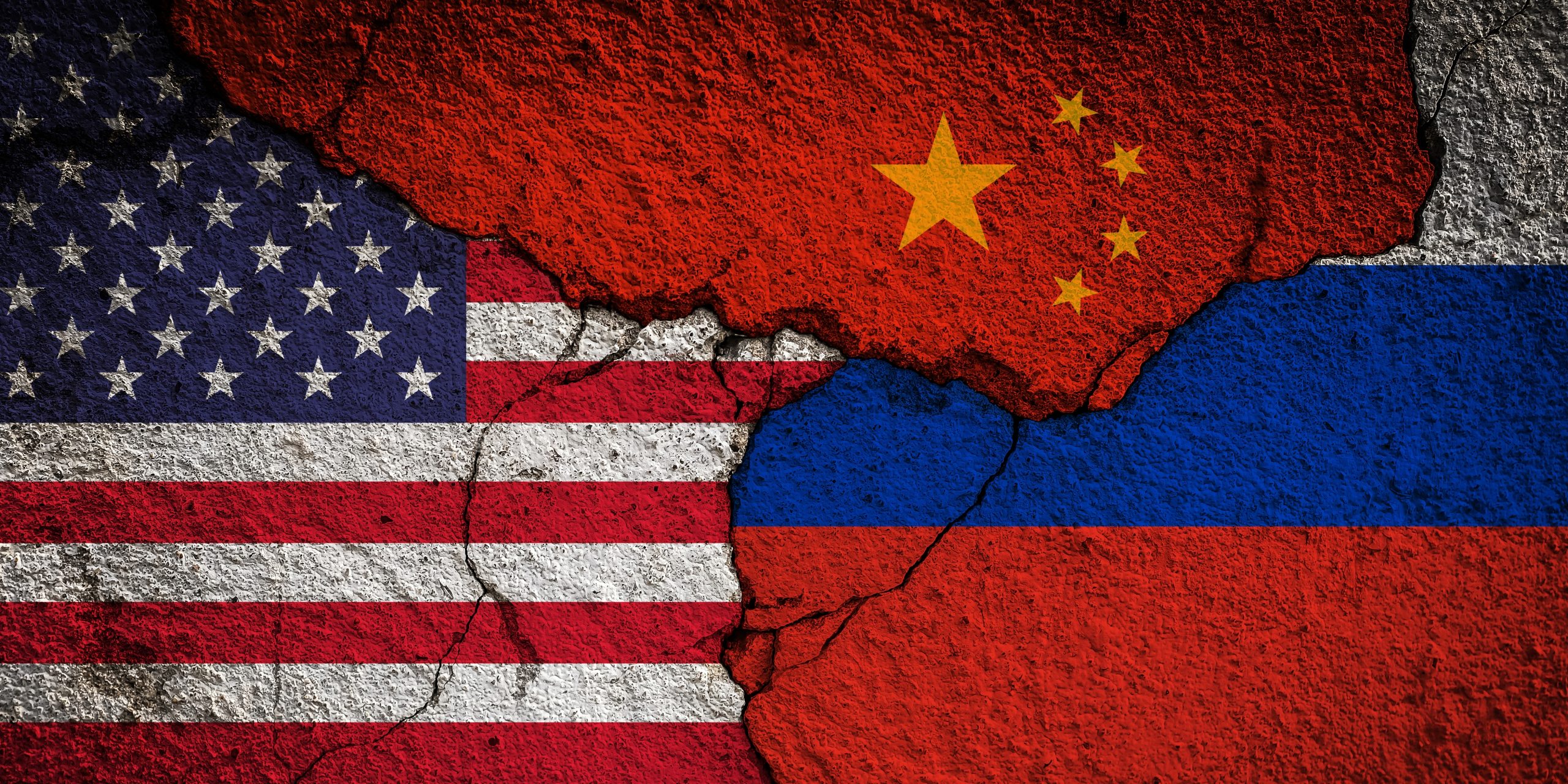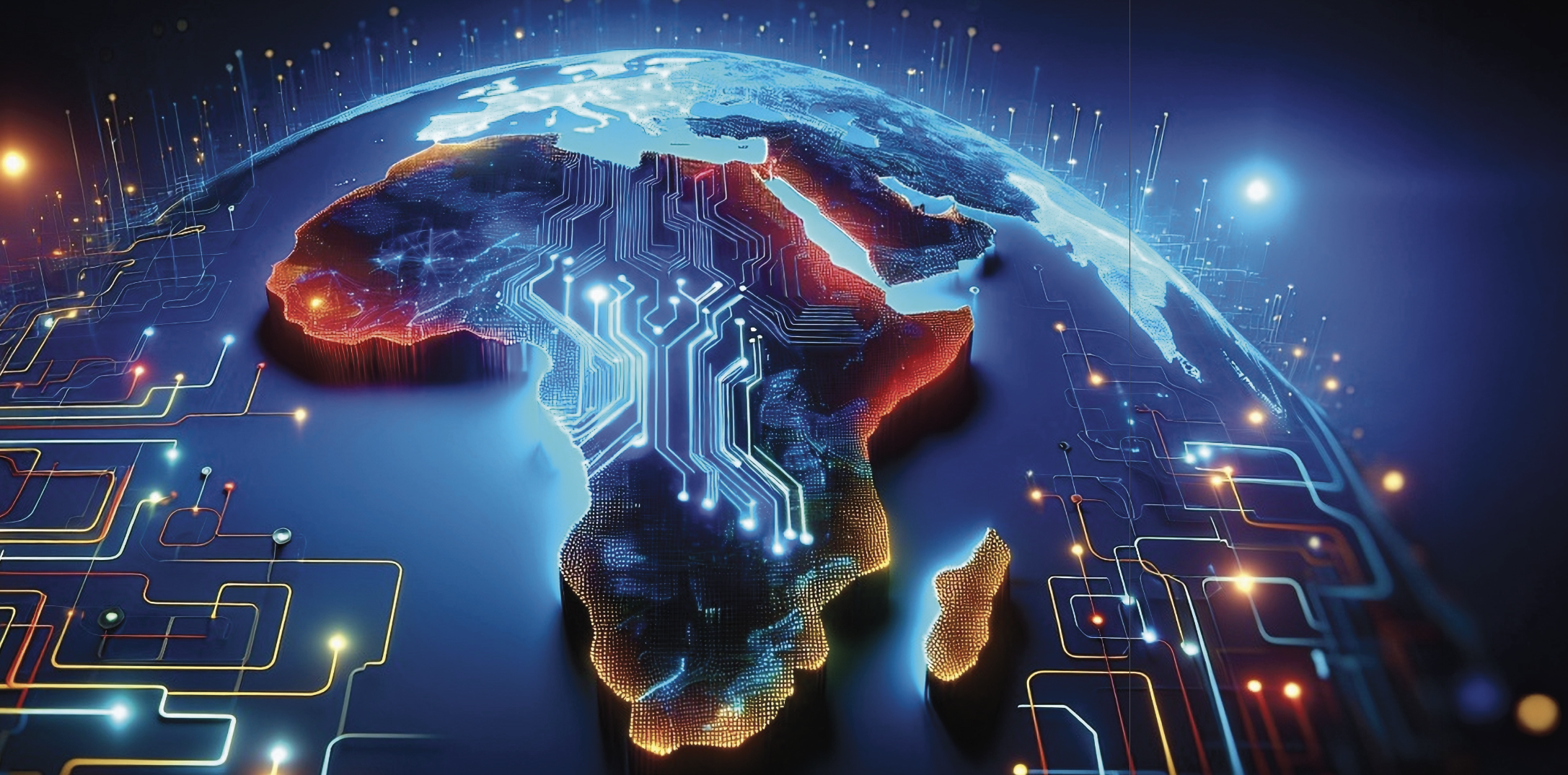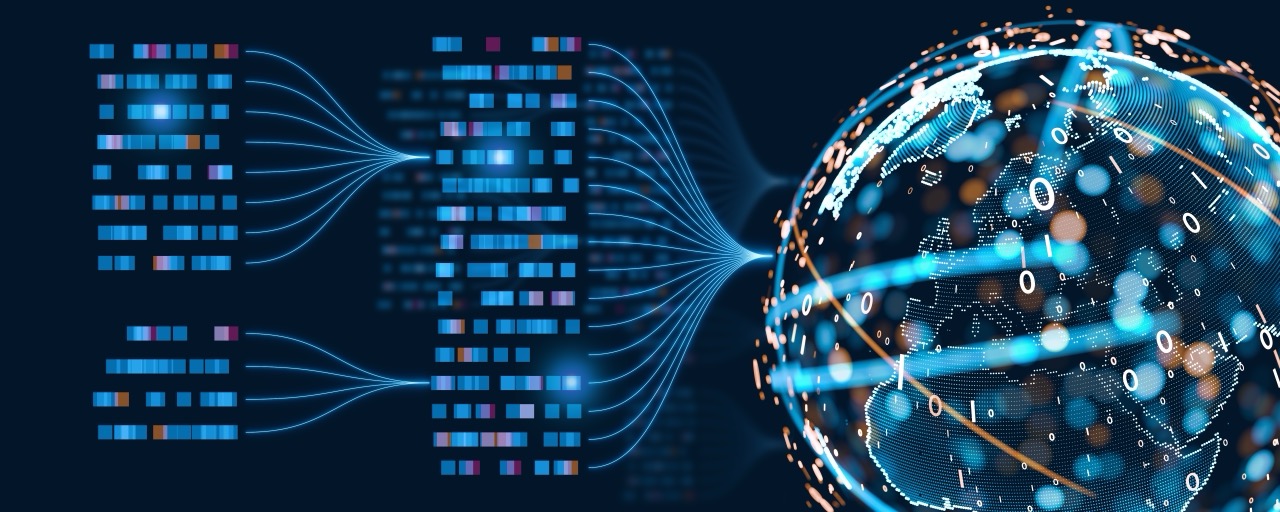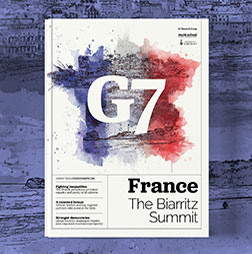The G7 and global AI competition: What the G7 needs to do to stay ahead in the AI race
Over the last 12 months the current hyper-power and astounding future potential of artificial intelligence have become clear, as the most critical innovation of the 21st century is integrated into an increasing number of civilian and military applications. In the economy, AI is driving exponential improvements in research, development, production, logistics and retail processes for a wide range of products and services.
On the military side, over the last year Ukraine has inflicted serious damage on Russian energy and military infrastructure well inside Russia by deploying AI-driven drone swarms. In the Middle East, Israel’s use of its AI-infused MIC4AD air defence system allowed the Israeli Defense Forces to repel a massive missile/drone saturation attack of more than 300 projectiles on 14 April 2024. On the other hand, Israel’s use of its Lavender, Habsora and other AI-based targeting systems in Gaza shows that human oversight of all-powerful AI is critical.
A global AI race
It is no surprise, then, that AI competition is only heating up globally between Team Democracy and Team Autocracy, and among the United States and China in particular. Indeed, recent commercial releases of new AI products in China have some pundits asserting that the Chinese have caught up to the Americans in this Cold War 2.0 race of unparalleled importance. Russian president Vladimir Putin’s 2017 statement on AI seems quite prescient: “Artificial intelligence is the future, not only for Russia, but for all humankind … Whoever becomes the leader in this sphere will become the ruler of the world.”
In January 2025 a relatively small Chinese research operation released DeepSeek for general use. It is a new AI product that at first glance seems to be almost as powerful as the state-of-the-art programs of American leaders of the AI space, such as OpenAI, Google and Anthropic. And in March 2025, a Chinese startup released Manus AI, an AI ‘agent’ tool that assists with autonomous task handling.
Frankly, the hype around these two Chinese products has been overblown. They are solid offerings, but they are still largely derivative of, and enabled by, AI and related innovation emanating from the democracies. Specifically, they rely heavily on underlying AI algorithms and critical semiconductor chip infrastructure that are produced only in countries currently making up the G7 democracies, including Japan, the US and several countries in Europe such as the Netherlands and Germany.
The democracies’ lead in AI will be further accentuated when OpenAI releases ChatGPT 5 later in 2025. This new product will exhibit enhanced reasoning and logic, multimodal integration (that is, processing text, images, audio and video in a single system), and a greatly amplified context window, to enable longer-term memory and unified longitudinal discussions.
The G7 must protect advanced AI technologies
Nevertheless, the advances shown by DeepSeek and Manus are a wakeup call that the G7 needs to support and protect the AI space, including in the all-important semiconductor chip domain.
Here are some practical steps. The G7 should keep up strong sanctions against China and Russia on high tech products and services generally, but especially covering certain AI algorithms and the ‘secret sauce’ found in the high tech machines used to produce the needed semiconductor chips.
Beijing has strenuously complained to Team Democracy that these sanctions are hindering Chinese research and development in producing competitive semiconductor chips. Good. It is necessary, therefore, for the G7 to sustain iron-clad resolve in its export controls on high technologies, including by using more AI-based analytical tools to shut down the illegal actions of China and Russia to steal these technologies.
The G7 members must also prohibit major tech companies, such as Meta, from releasing AI products in open-source form. This business model is highly problematic because adversaries in Team Autocracy can then more easily access the high-value inventions and innovations contained in these open-sourced software products. Bottom line: the democracies should not be giving the autocracies the rope they then use to try to hang us (or their own people).
Finally, in a similar vein, US president Donald Trump’s pivot towards Vladimir Putin over the war in Ukraine should not be extended to relaxing technology export controls on the Russians. The increased commercial and soft power reconciliation apparently planned between the White House and the Kremlin (which includes a multi-game hockey match-up between the two countries – surely a flawed concept given that Canada recently beat the US team in a similar tournament) should not include a thaw on the American technology embargo currently in place against Russia. For the sake of Ukraine, and the citizens of Team Democracy countries everywhere (including 340 million Americans), the members of the G7 certainly do not want Russia to be able to obtain the most powerful AI semiconductor chips and algorithms in the world from their suppliers in the United States.












